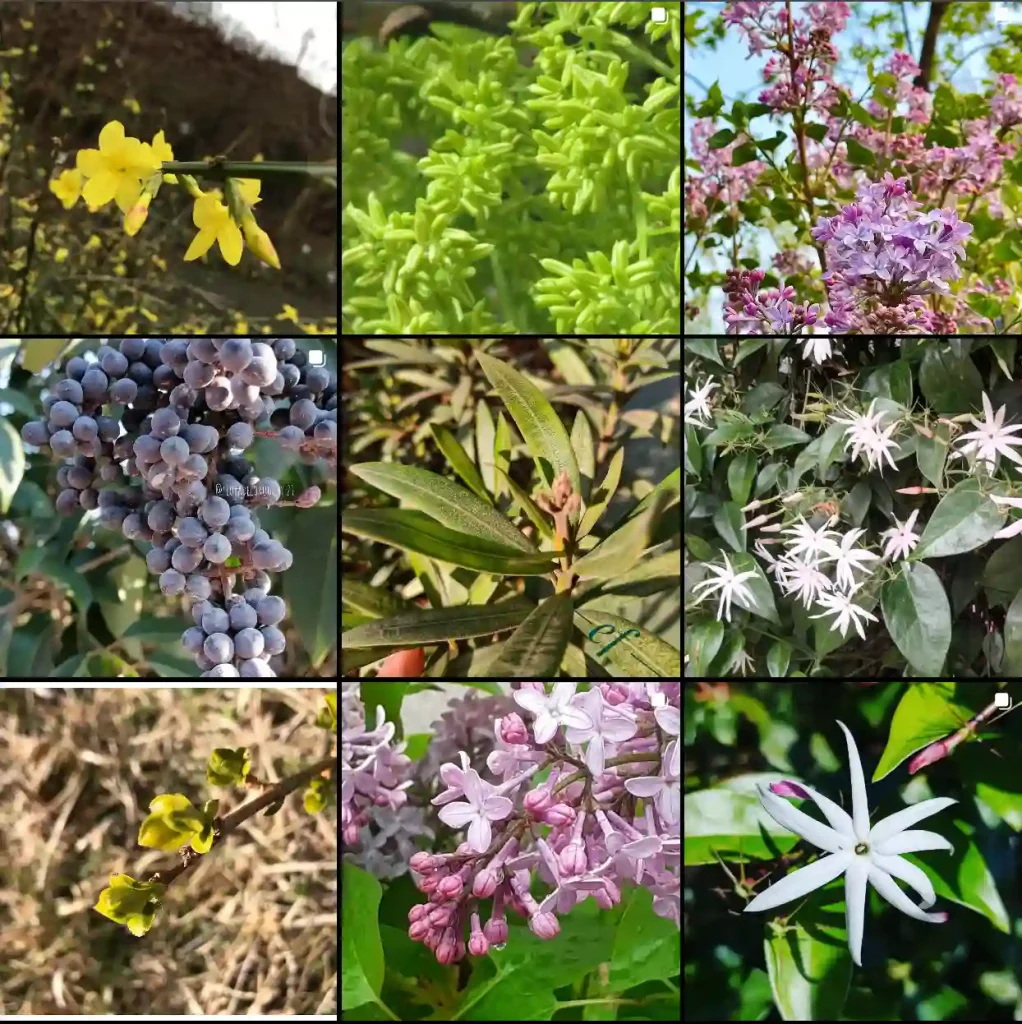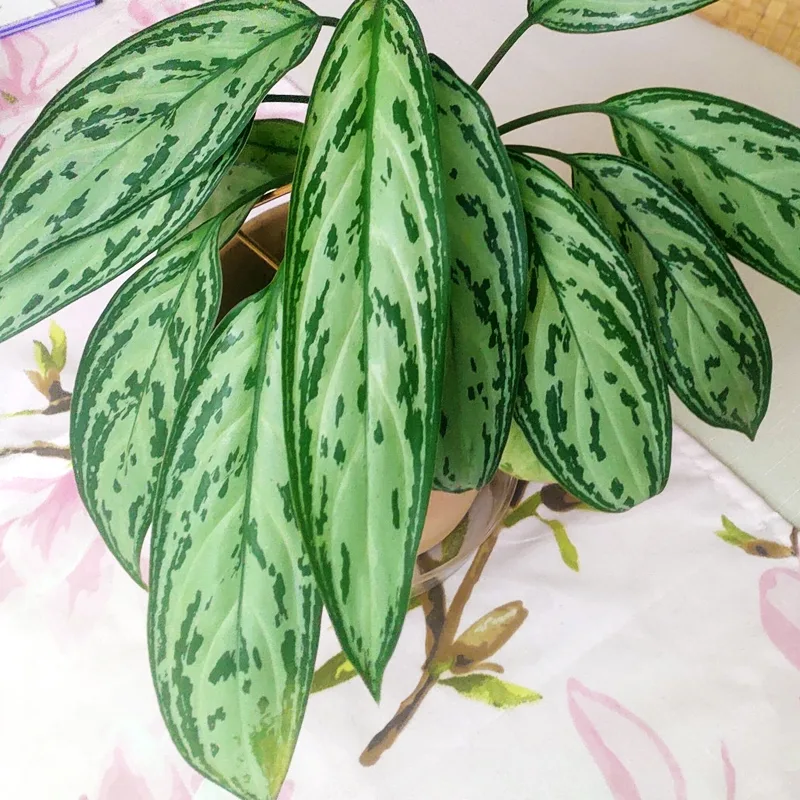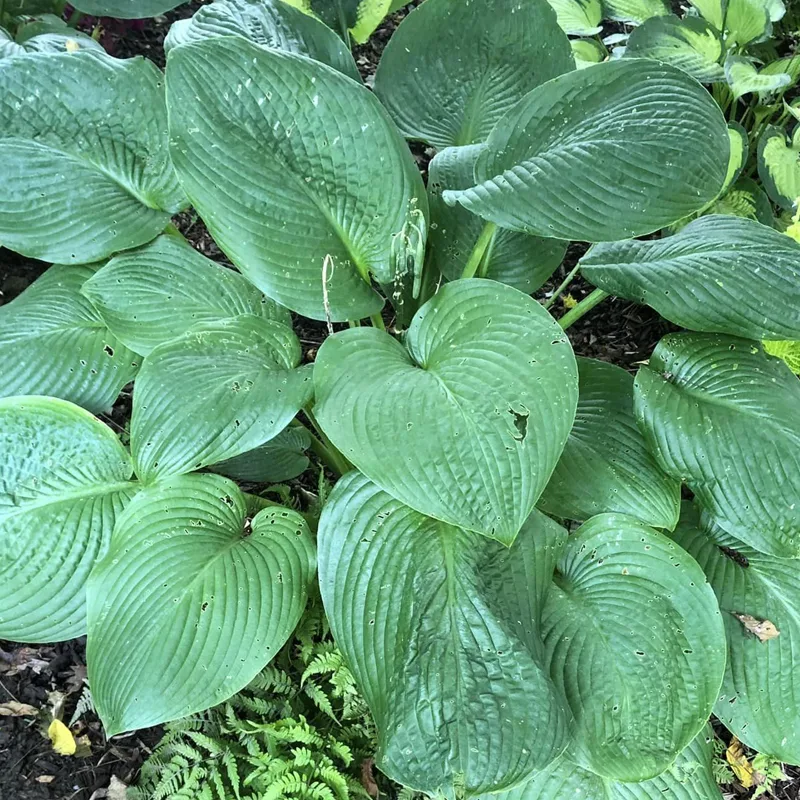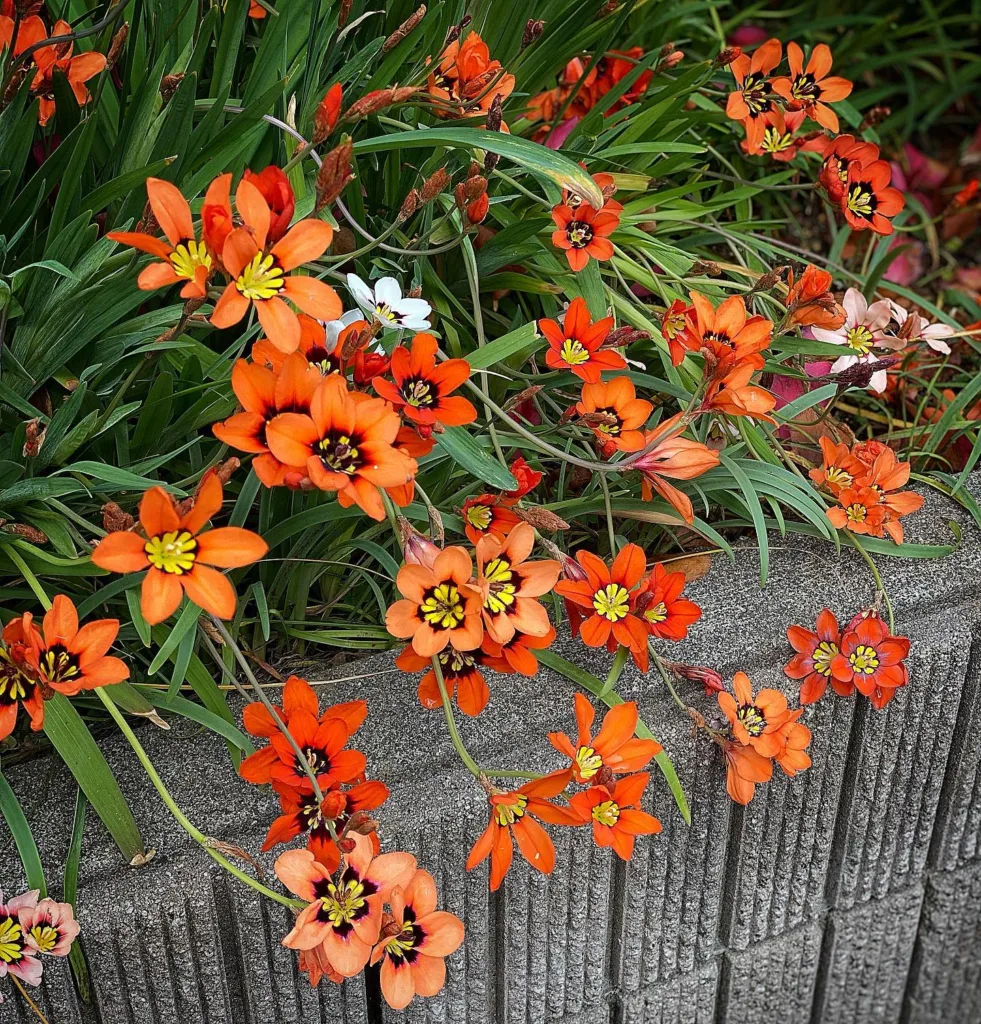Gamochaeta: A Fuzzy Friend in the Asteraceae Family
Hi there, Ferb Vu here! Today, we’re diving into the world of Gamochaeta, a genus of flowering plants within the vast Asteraceae family, also known as the aster or daisy family.
These little guys might not be the flashiest flowers, but they hold a certain charm with their fuzzy foliage and inconspicuous blooms. Whether you’re a seasoned gardener or just starting your botanical journey, Gamochaeta can be a fascinating addition to your knowledge base.
What is Gamochaeta?
Gamochaeta boasts around 63 species, primarily native to North and South America. However, some adventurous travelers have found their way to other parts of the world, with a few even becoming naturalized or even invasive in certain regions.
These plants are typically annual or perennial herbs, sporting soft, woolly leaves that can be linear, spoon-shaped, or somewhere in between. Their flowers are small and clustered together, forming inconspicuous but nonetheless interesting heads.
The classification of Gamochaeta has been a bit of a botanical rollercoaster. Previously, many of these plants belonged to the genus Gnaphalium. However, in recent years, Gamochaeta has gained wider recognition as a distinct genus.
Gamochaeta species
- Gamochaeta aliena (Hook. & Arn.) Cabrera
- Gamochaeta alpina (Poepp. & Endl.) S.E.Freire & Anderb.
- Gamochaeta ambatensis Ariza
- Gamochaeta americana (Mill.) Wedd.
- Gamochaeta andina (Phil.) Cabrera
- Gamochaeta antarctica (Hook.f.) Cabrera
- Gamochaeta antillana (Urb.) Anderb.
- Gamochaeta argentina Cabrera
- Gamochaeta argyrinea G.L.Nesom
- Gamochaeta axillaris (J.Rémy) Cabrera
- Gamochaeta badillana (Aristeg.) Anderb.
- Gamochaeta beckii Urtubey & S.E.Freire
- Gamochaeta berteroana (DC.) Cabrera
- Gamochaeta boliviensis (Anderb. & S.E.Freire) M.O.Dillon & Sagást.
- Gamochaeta brasiliana Deble
- Gamochaeta cabrerae Anderb.
- Gamochaeta calviceps (Fernald) Cabrera
- Gamochaeta camaquaensis Deble
- Gamochaeta capensis G.L.Nesom
- Gamochaeta capitata Wedd.
- Gamochaeta chamissonis (DC.) Cabrera
- Gamochaeta chilensis Deble
- Gamochaeta chionesthes G.L.Nesom
- Gamochaeta depilata (Phil.) Cabrera
- Gamochaeta deserticola Cabrera
- Gamochaeta diffusa Deble & Marchiori
- Gamochaeta erecta Deble
- Gamochaeta falcata (Lam.) Cabrera
- Gamochaeta filaginea (DC.) Cabrera
- Gamochaeta girardiana Deble & A.S.Oliveira
- Gamochaeta grazielae (Rizzini) Deble
- Gamochaeta humilis Wedd.
- Gamochaeta longipedicellata Cabrera
- Gamochaeta lulioana S.E.Freire & Iharl.
- Gamochaeta malvinensis (H.Koyama) T.R.Dudley
- Gamochaeta meridensis V.M.Badillo
- Gamochaeta monticola (Phil.) Cabrera
- Gamochaeta neuquensis Cabrera
- Gamochaeta nigrevestis Deble & Marchiori
- Gamochaeta nivalis Cabrera
- Gamochaeta oligantha (Phil.) L.E.Navas
- Gamochaeta pensylvanica (Willd.) Cabrera
- Gamochaeta peregrina (Beauverd) S.E.Freire & Anderb.
- Gamochaeta platensis (Cabrera) Cabrera
- Gamochaeta polybotrya (Phil.) Cabrera
- Gamochaeta procumbens (Phil.) Cabrera
- Gamochaeta purpurea (L.) Cabrera
- Gamochaeta ramosa S.E.Freire, N.Bayón & C.M.Baeza
- Gamochaeta rizzinii Cabrera
- Gamochaeta rubrolinea G.L.Nesom
- Gamochaeta serpyllifolia Wedd.
- Gamochaeta simplicicaulis (Willd. ex Spreng.) Cabrera
- Gamochaeta sphacelata (Kunth) Cabrera
- Gamochaeta spiciformis (Sch.Bip.) Cabrera
- Gamochaeta stachidifolia (Lam.) Cabrera
- Gamochaeta stagnalis (I.M.Johnst.) Anderb.
- Gamochaeta standleyi (Steyerm.) G.L.Nesom
- Gamochaeta subfalcata (Cabrera) Cabrera
- Gamochaeta suffruticosa (Phil.) Anderb.
- Gamochaeta thouarsii (Spreng.) Anderb.
- Gamochaeta ustulata (Nutt.) Holub
- Gamochaeta valparadisea (Phil.) Anderb.
- Gamochaeta villaroelii (Phil.) Cabrera
How to care for Gamochaeta?
Caring for Gamochaeta is relatively straightforward. Here’s a quick rundown to keep your fuzzy friend thriving:
- Light: Gamochaeta generally prefers full sun to partial shade. They can tolerate some shade, but flowering might be less prolific.
- Water: Moderate watering is key. Aim for the soil to be slightly moist but not soggy. They can handle short periods of drought but might become stressed if it persists.
- Soil: Well-draining soil is essential. Gamochaeta don’t appreciate waterlogged conditions. Sandy or loamy soils are ideal.
- Temperature: Most Gamochaeta species are cold-tolerant and can handle some frost. However, extreme cold snaps might damage them.
These plants are generally low-maintenance and require minimal fertilizer. Deadheading spent flowers can encourage further blooming.
Pro tip: Gamochaeta’s fuzzy foliage can be susceptible to fungal diseases in humid environments. Ensure good air circulation around your plants to prevent this.
How to propagate Gamochaeta?
Sharing the fuzzy love of Gamochaeta is easy! Here are two common methods:
- Seed Propagation: Collect seeds from mature flower heads once they’ve dried. Sow them directly outdoors in the fall or early spring, lightly pressing them into the soil. Keep the soil moist until germination, which can take a couple of weeks.
- Division: For established Gamochaeta plants, division is a viable option. Carefully dig up the parent plant in spring or fall and divide it into sections, each with healthy roots and foliage. Replant the divisions and water them well.
Gamochaeta Companions: Planting for Harmony
Gamochaeta’s low-growing, fuzzy nature makes them perfect for edging flower beds or adding texture to rock gardens. Here are some plants that complement Gamochaeta well:
- Daisies: Sharing the Asteraceae family bond, daisies create a cheerful and cohesive aesthetic.
- Yarrow: Similar sun and soil preferences make Yarrow a great companion, adding pops of color with its vibrant blooms.
- Grasses: Ornamental grasses provide a contrasting texture and movement alongside Gamochaeta’s fuzzy foliage.
- Verbena: The bright colors of Verbena flowers beautifully offset the muted tones of Gamochaeta.
Remember to consider the specific needs of each plant when pairing them together.
Gamochaeta: Beyond the Fuzz
While not the most flamboyant flower, Gamochaeta offers a unique charm to gardens. Their fuzzy foliage provides textural interest, and their small blooms add subtle beauty.
Beyond aesthetics, Gamochaeta attracts beneficial insects like pollinators, making them a valuable addition to an environmentally friendly garden.
So, the next time you’re looking for a low-maintenance plant with a touch of personality, consider Gamochaeta! With their fuzzy charm and adaptability, they might just become your new favorite garden companion.
If i die, water my plants!



